Algiers: Sustainable City’ project

On the recommendations of the Rio Conference – the United Nations Conference on Environment and Development – a High Council for the Environment and Sustainable Development was established. But it wasn’t really until 2001 – 2002, with the formulation of the National Plan of Action for the Environment and Sustainable Development, that tangible measures were set up to improve the environment and quality of urban life.
an international ideas competition was launched to review an urban master plan for Algiers. It clearly stated that its primary goal was to make Algiers a “sustainable city”. It was to be an exemplary project in terms of nature preservation and natural and technological risk management. Projects were therefore selected that focused on the environment.
Arte Charpentier Architects put forth the idea of making Algiers a “green metropolis” of the Mediterranean. This appealed to Algerian authorities who had long dreamed of a special status for the capital.
Get your news from people who know what they’re talking about.
At a time when image and branding are playing an increasingly important role in development strategies, the big names in architecture and urban planning won the contracts. In addition to Arte Charpentier, the Urban Development Master Plan for Algiers 2035 was entrusted to the Portuguese Parque Expo company, which had contributed to re-branding Lisbon and enhanced its international attractiveness.
Seven goals for 2035
The seven goals reflect the hopes and aspirations of the contracting party, Algiers Wilaya, and for the achievement of the Strategic Development Plan:
Positioning: Algiers, “an emblematic city”
Socio-economy: Algiers, “driving service sector development”
Land occupancy: Algiers, “a beautiful city in control of its growth”
Environment: Algiers, “a garden city, green metropolis of the Mediterranean”
Mobility: Algiers, “a city of mobility and proximity”
Risk management: Algiers, “a safe city”
Governance: Algiers, “a city of good governance.”
To implement these goals, a series of thematic plans were developed, defining the Master Plan strategy. The “Green Plan” involved ecosystem restoration, the “Blue Plan” addressed water resource management. The rehabilitation of the historic city centre, new amenities and housing fell under the “White Plan”. Mobility, economy and social cohesion all had plans of their own.
The Green Plan
The aim of this plan is to restore the city’s ecosystems. This would happen through the creation of “green lungs,” developing urban and agricultural parks, rehabilitating existing downtown parks and gardens, planting avenues of trees along the city’s main streets to form a green network. It would also create green cross-streets and walkways.
 Albania
Albania Algeria
Algeria Andorra
Andorra Argentina
Argentina Armenia
Armenia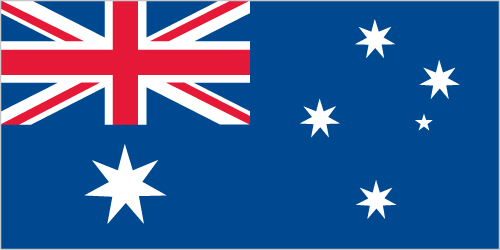 Australia
Australia Austria
Austria Azerbaijan
Azerbaijan Bahrain
Bahrain Belgium
Belgium Bolivia
Bolivia Brazil
Brazil Bulgaria
Bulgaria Cambodia
Cambodia Cameroon
Cameroon Canada
Canada Chad
Chad Chile
Chile China
China Colombia
Colombia Costa Rica
Costa Rica Croatia
Croatia Cyprus
Cyprus Czechia
Czechia Denmark
Denmark Ecuador
Ecuador Egypt
Egypt Finland
Finland France
France Georgia
Georgia Germany
Germany Ghana
Ghana Greece
Greece Hungary
Hungary Iceland
Iceland India
India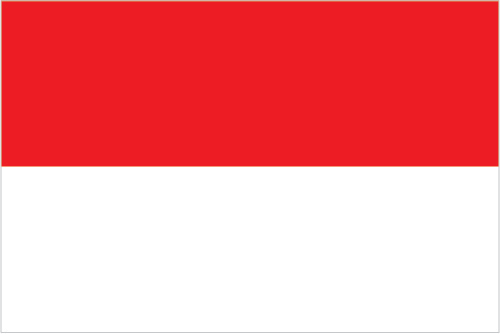 Indonesia
Indonesia Ireland
Ireland Italy
Italy Jamaica
Jamaica Japan
Japan Jordan
Jordan Kazakhstan
Kazakhstan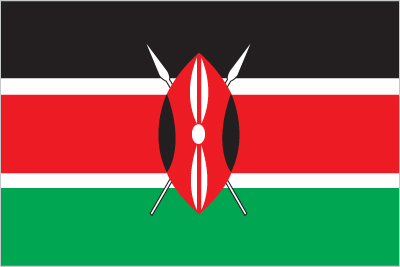 Kenya
Kenya Kuwait
Kuwait Latvia
Latvia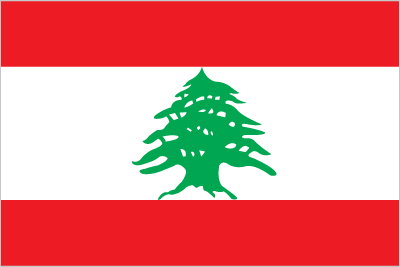 Lebanon
Lebanon Libya
Libya Lithuania
Lithuania Luxembourg
Luxembourg Malaysia
Malaysia Maldives
Maldives Mali
Mali Malta
Malta Mexico
Mexico Moldova
Moldova Monaco
Monaco Morocco
Morocco Netherlands
Netherlands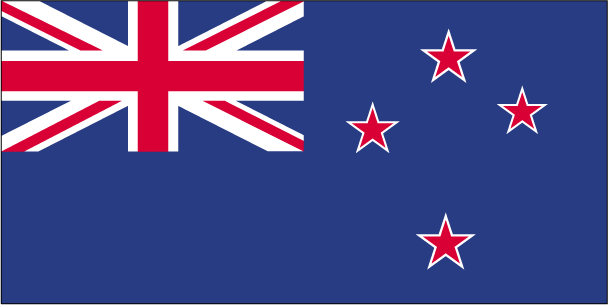 New Zealand
New Zealand Nigeria
Nigeria North Macedonia
North Macedonia Norway
Norway Oman
Oman




